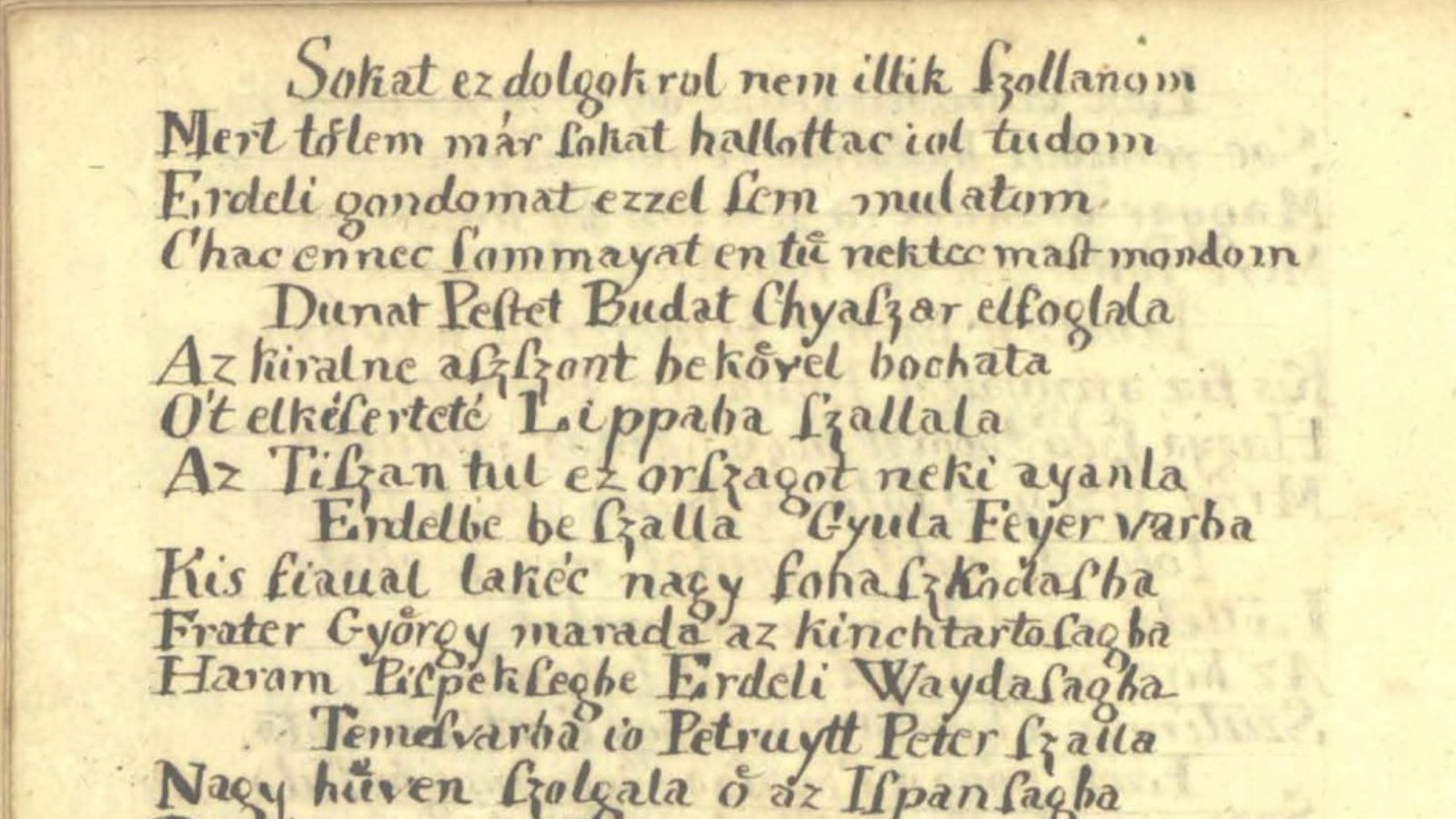In Romania, a team of researchers is delving into the impact of the Little Ice Age on a region steeped in vampire legends. Using ancient primary source documents, they have uncovered how this period of colder temperatures from the 14th to the 19th century led to significant societal changes, including upheaval, famine, and plague. The study detailing their findings was published on February 12 in the journal Frontiers in Climate.
What was the Little Ice Age?
The Little Ice Age was a period of global cooling that spanned from around 1300 to 1850. Temperatures in the Northern Hemisphere dropped by approximately 1.1 degrees Fahrenheit.
The causes of the Little Ice Age are still debated among scientists, with factors like reduced solar output, atmospheric circulation changes, and increased volcanism being considered.
During this period, glaciers expanded in various parts of the world, leading to widespread famine as crops failed due to the cold. Social unrest and events like witch hunts were also linked to the climatic disruptions of the Little Ice Age.
Nature’s archive vs. society’s archive
To reconstruct the climate history of the Little Ice Age, scientists rely on natural archives like ice cores, sediment samples, and pollen. These sources provide insights into sea levels, temperature changes, and other environmental factors.
In addition to nature’s archive, historical documents and observations from past societies offer valuable information. The recent study focused on documents from 16th-century Transylvania, shedding light on the region’s climate during that period.
The study revealed significant climate variability in Transylvania during the 16th century, including periods of drought, heatwaves, and intense rainfall. These weather extremes had cascading impacts on agriculture, public health, and societal stability, highlighting the role of climate in shaping human history.
Descriptions from the documents depict the harsh conditions faced by the people, from devastating droughts to heavy rainfall and flooding. The accounts provide a glimpse into how communities experienced and responded to the changing climate.
Through human eyes
The weather fluctuations of the Little Ice Age led to major catastrophes such as the Black Death, famines, and locust invasions. These events reshaped settlement patterns and may have driven technological innovations to adapt to the changing environment.
While the historical records offer valuable insights into the socio-economic consequences of extreme weather events, the study acknowledges limitations such as fragmented records and subjective reporting. Nonetheless, these writings provide a human-centered perspective on how climate extremes have influenced human history.

The study underscores the importance of considering both natural and societal archives to gain a comprehensive understanding of past climatic events and their influence on human societies.
